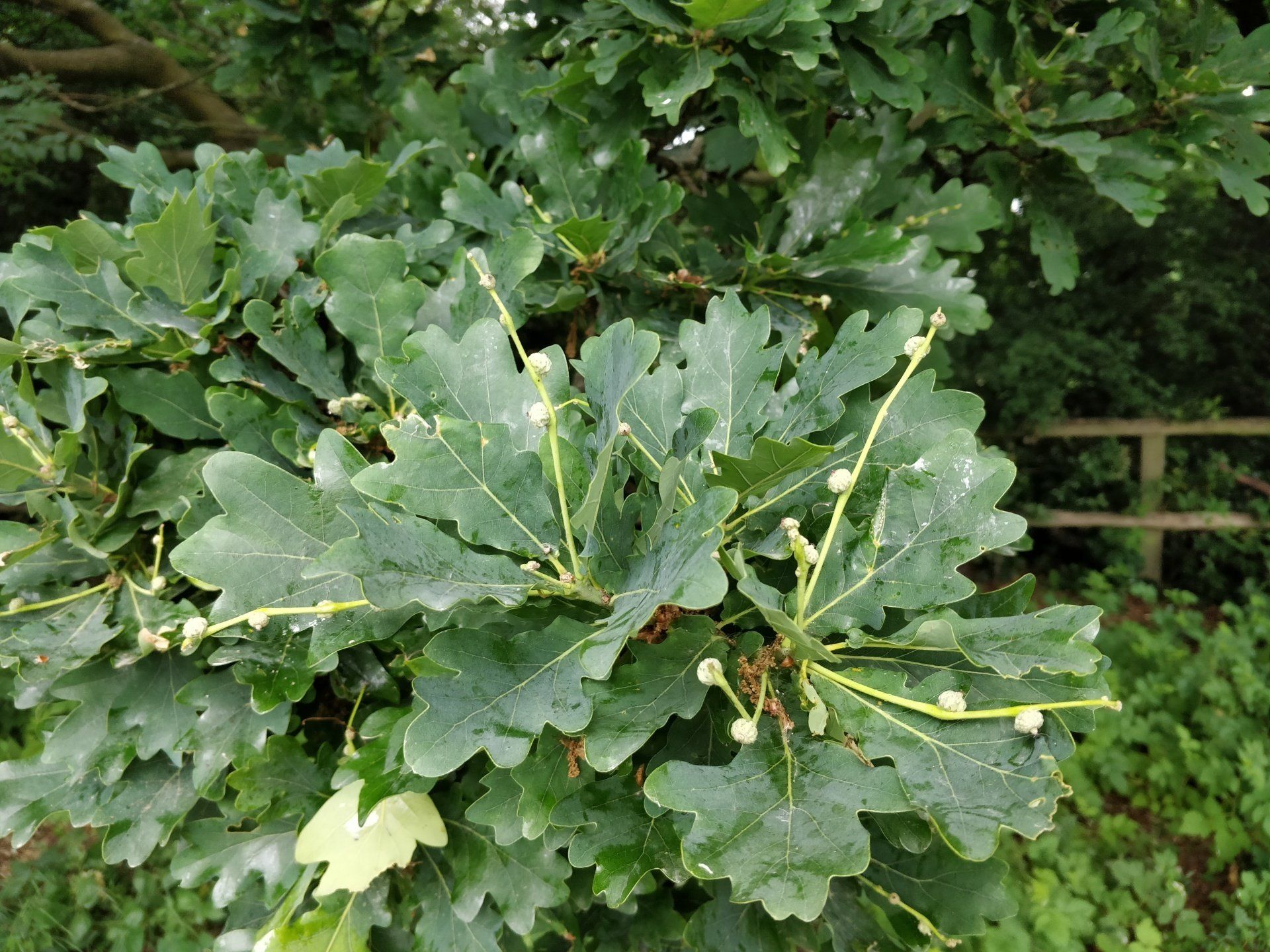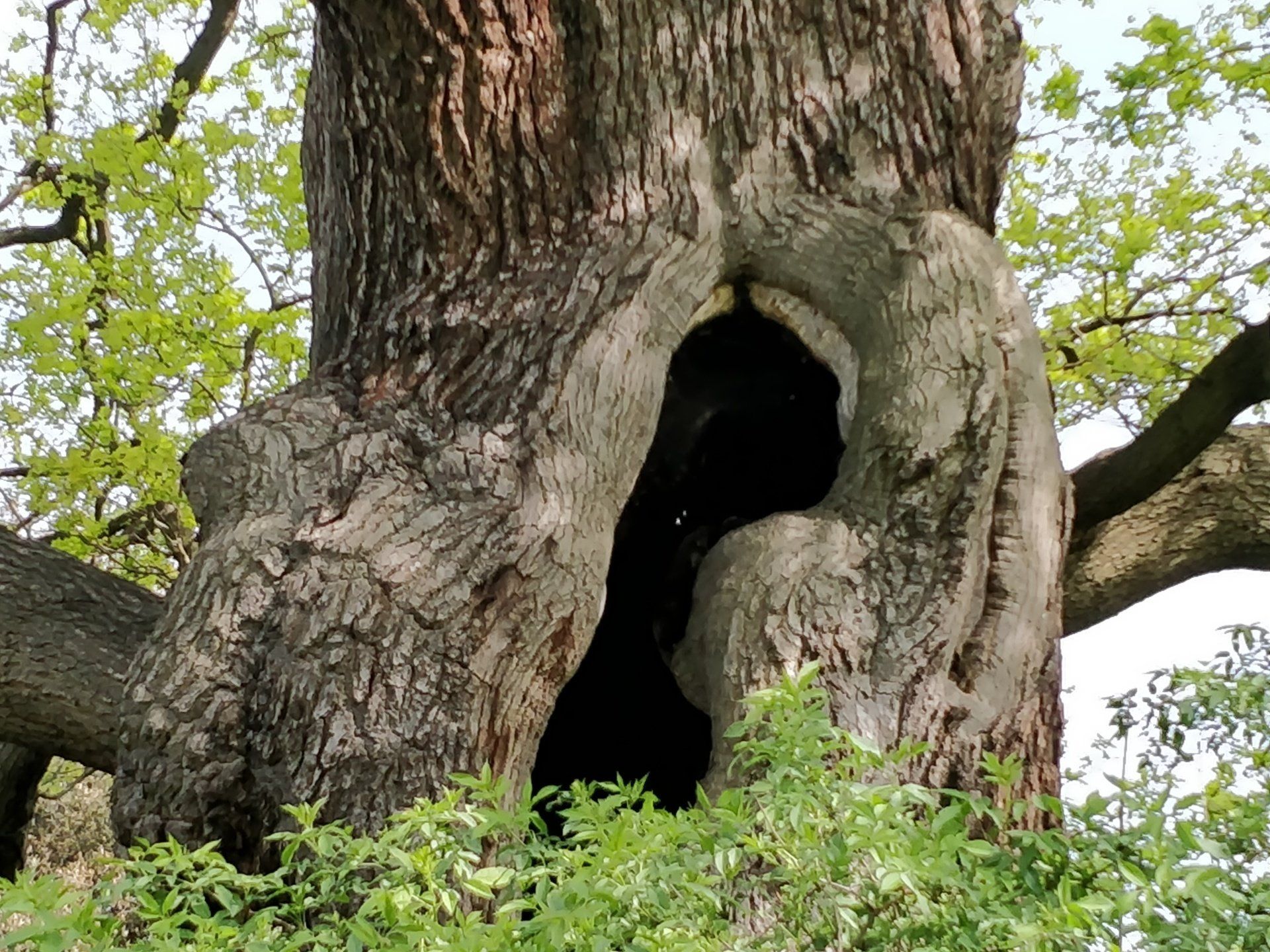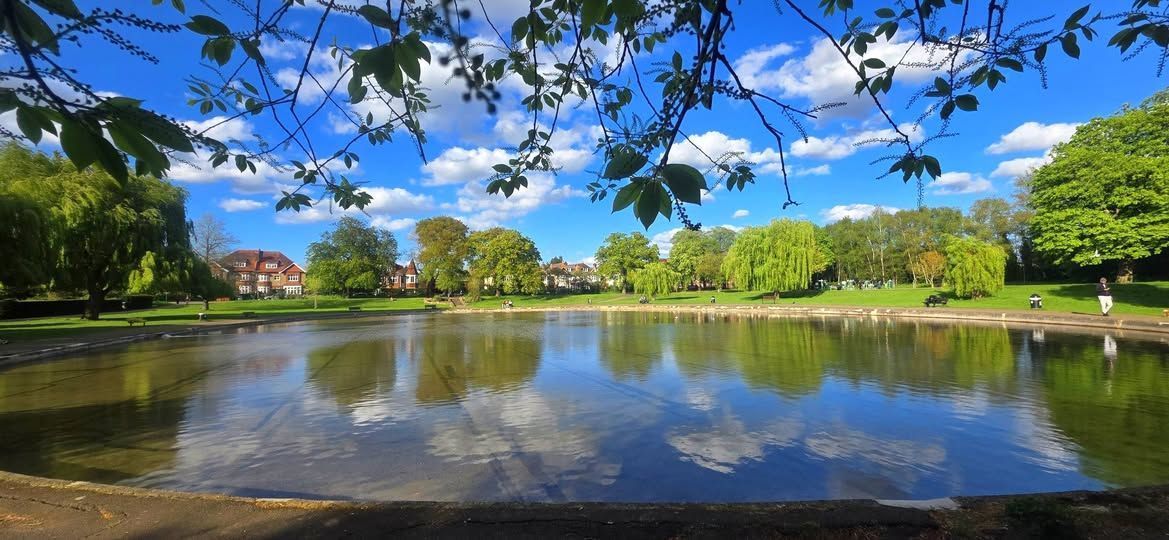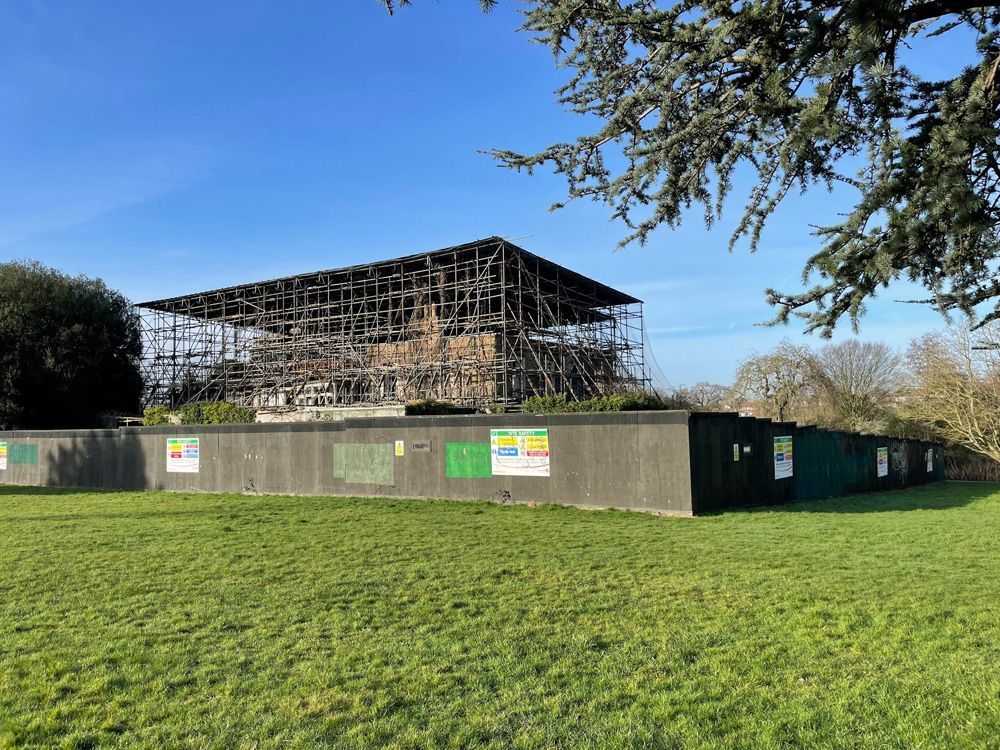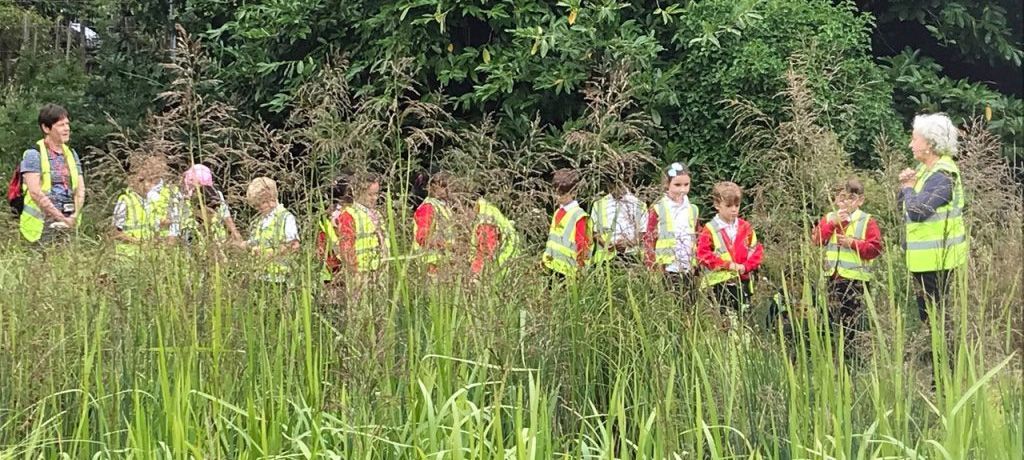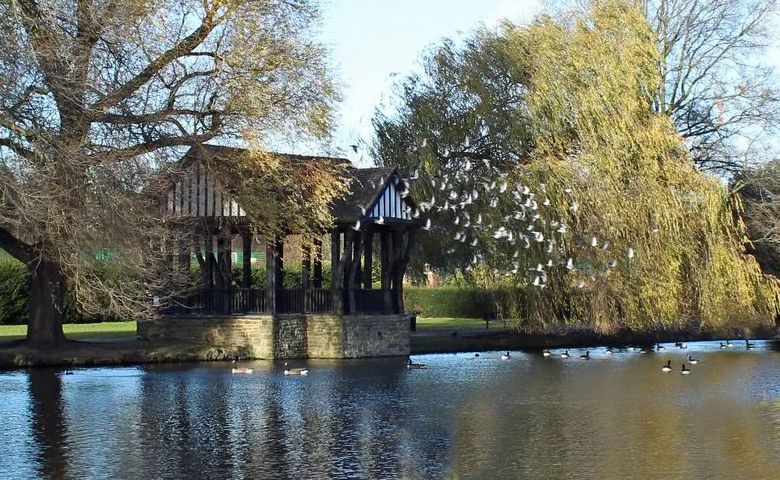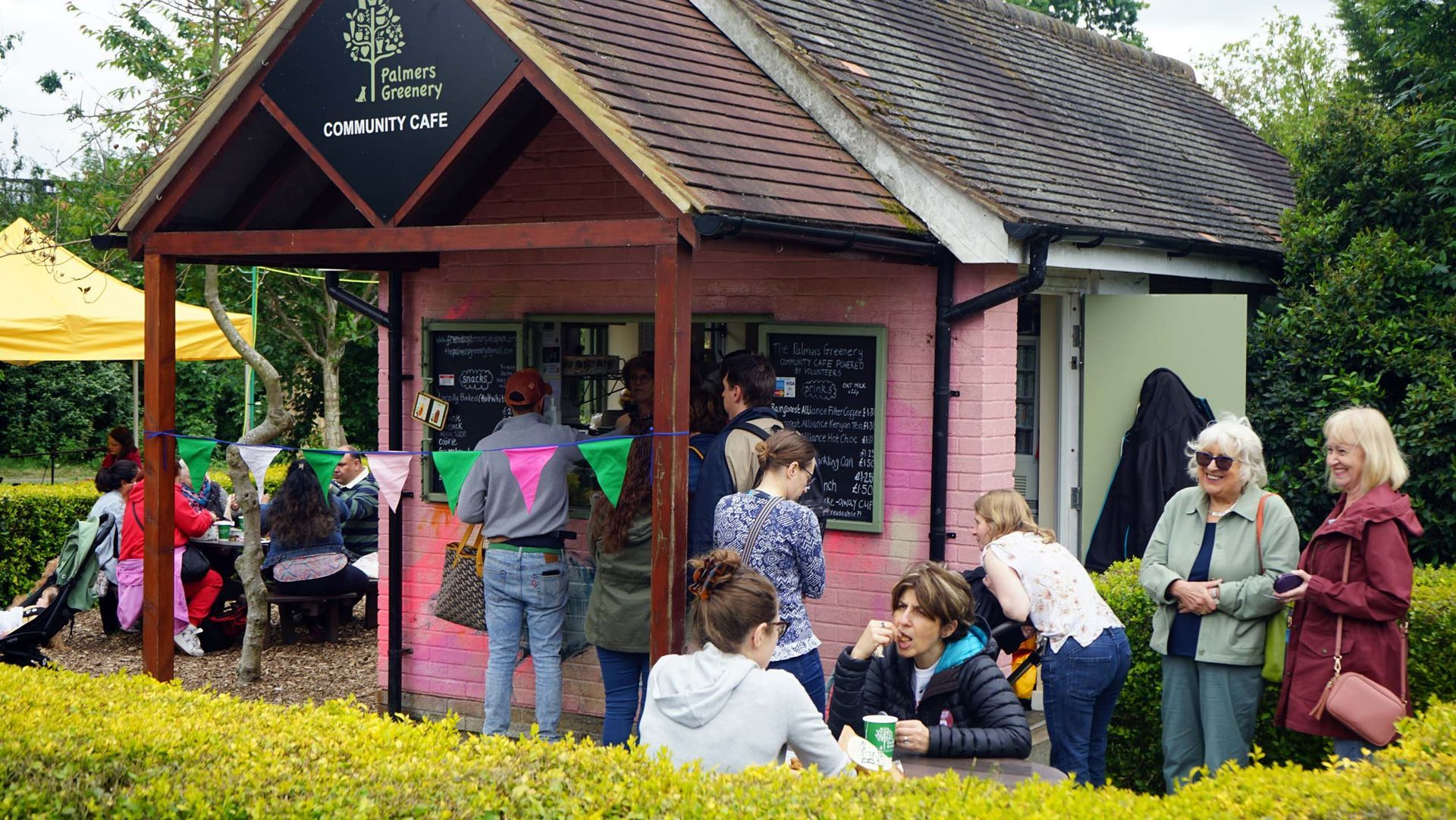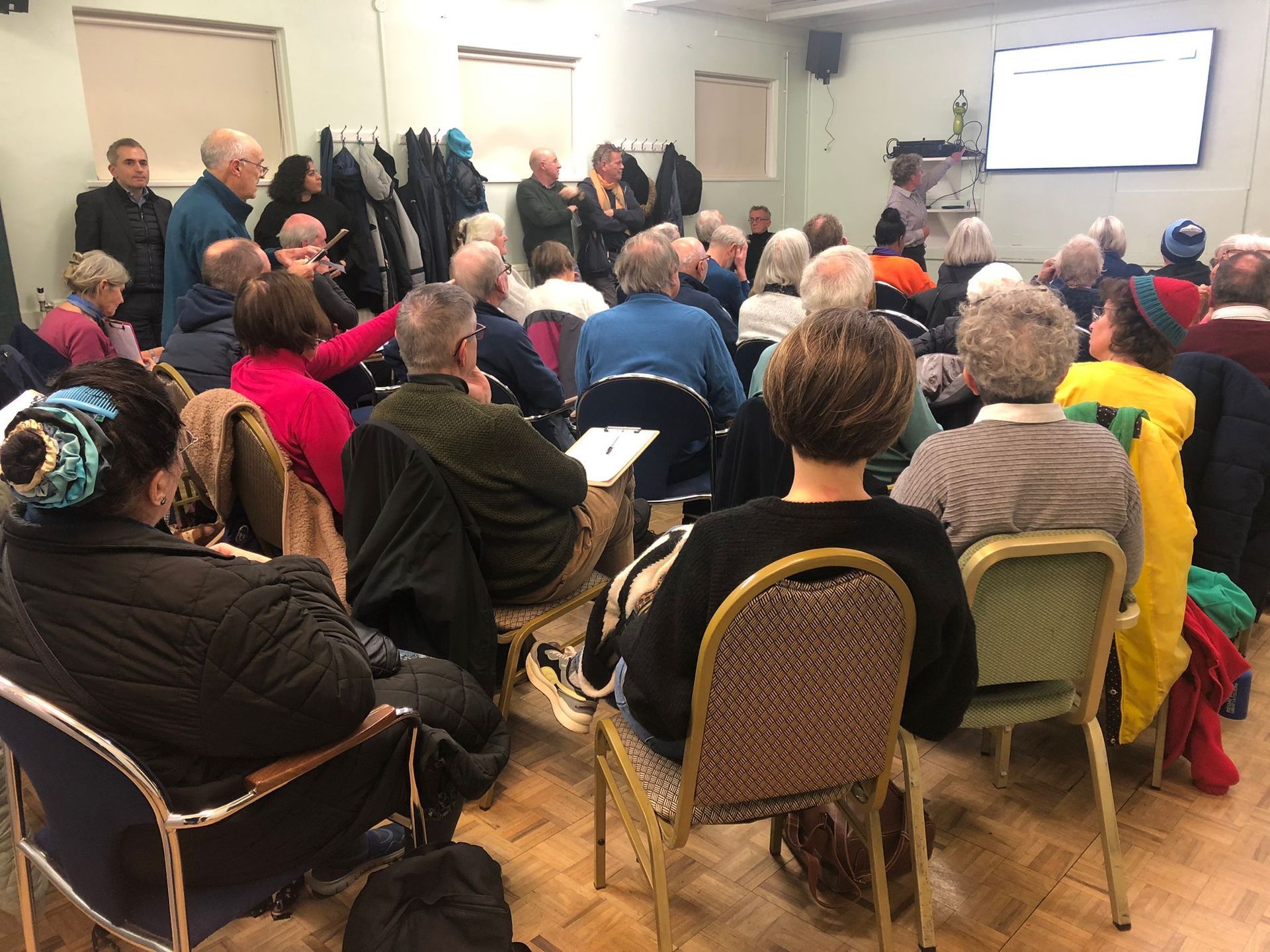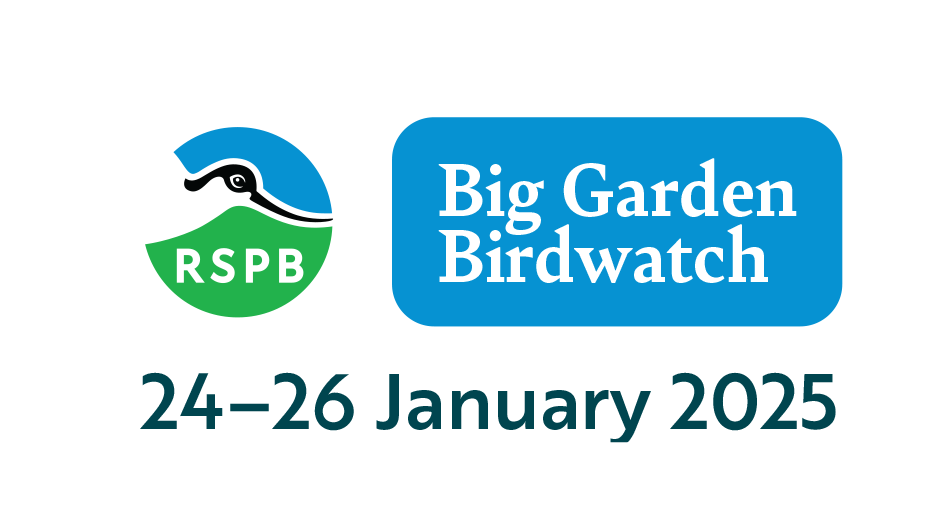Veteran Oaks
The oldest and most venerable trees in the park (apart from the two Yews) are the English or pedunculate Oaks. These Veteran oaks are mostly in the western half of the park.
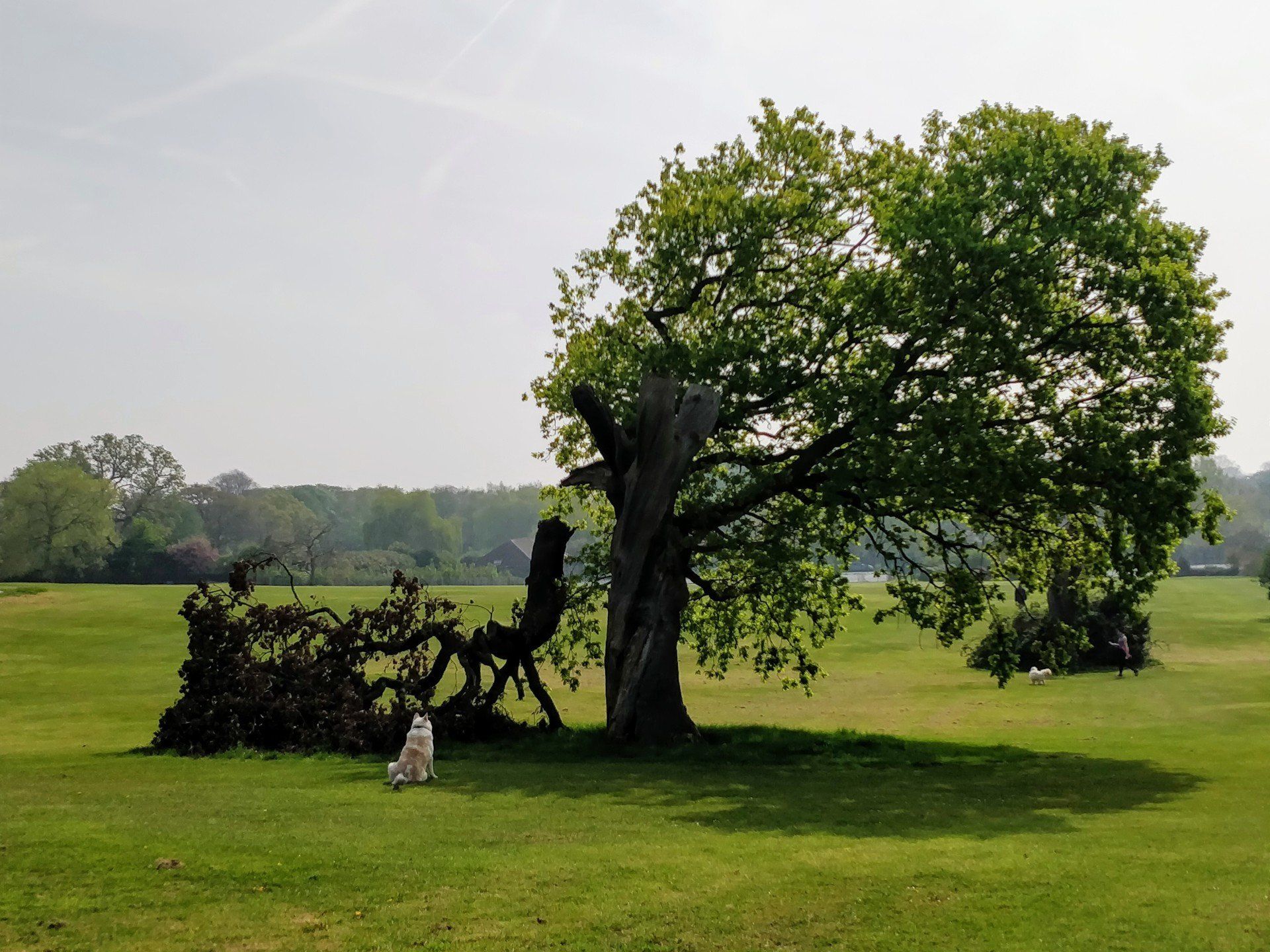
As these trees have got older they can no longer support a high and full crown of leaf, so some begin to shed limbs leaving dramatic jagged wounds and stumps and hollow trunks with a wispy regrowth from the limbs and a healthy canopy of branches lower down.
Veteran oaks provide an excellent wildlife habitat value supporting the highest number of insect and bird species of any tree species currently growing in this country – not to mention the value of the decomposing dead stems lying of the ground.
Sadly these trees are under attack from all angles – not only from public vandalism in the form of setting fires in the bases of hollow trunks but also maintenance vandalism from mowing practices where mowers are continually damaging the surfaces roots poking up through the grass surrounding the trees. Added to this, nature is doing its part with heart rot fungi attacking the internal tissues of the main trunks and scaffold limbs causing hollowing and cavities. This is natural and common with older trees.
The Conservation Management Plan for Broomfield House states that
‘These venerable specimens should be given the respect that they are due’ and recommends that ‘the best management policy will be to identify key trees and have some form of ‘knee-rail’ wooden fencing erected around them and the grass within these zones allowed to grow uncut by strimmers thus eliminating the mower and strimmer damage to roots and trunks…. Any fallen wood will not be cleared away and the area sanitised but rather the sections of fallen stems will be collected together into rough piles around the trunk to be allowed to break down and decompose naturally….the low fencing would still allow the public to enter if they so wished therefore it will be essential that adequate educational signage is used that explains to the public why the area has been cordoned off for their safety and the protection of a venerable specimen tree and seek their co-operation with this management strategy.’
Would you like to help identify the key Veteran oak trees that should be protected for the future?
If so, contact the FoBP through the volunteering page on our website.
The oak is the national tree of England and the timber has great strength and natural durability and is associated with shipbuilding, timber framed buildings, watermills, windmills and furniture making. Its acorns were fed to pigs and the bark used to tan leather.
Hugh Johnson reminds us in The International Book of Trees that 500 years ago at the time of Henry VIII a third of Britain was covered by oak trees.
Of the 450 species of oaks in the world there are two species that are native to the UK and northern Europe
- Quercus robur – the English or pedunculate oak
- Quercus petraea – the durmast or sessile oak
It is the pedunculate oak which is the oak of imagery characterised by ‘broad and slow, angular and ponderous-branched’ and not especially tall. By comparison, the sessile oak is a taller and more upward reaching tree.
There are other differences between these two species: the pedunculate oak has its acorns on peduncles or stalks, the sessile oak has them sitting a twig. The leaves also differ. The pedunculate oak has short stalked leaves which form stiff rosettes at the end of the twigs, which in effect form a broken canopy. The sessile oak have stalked leaves which form an even coverage giving uniform shade.
OAKS APPLES
Do you know what an oak apple is? It is the common name for a round gall found on oak trees. They are about 20 - 40mm in diameter and are caused by a tiny wasp called Biorhiza pallida, which has laid her eggs in the leaf bud. The galls can be seen between May and June and the larvae eat their way out in June and July.
The ink that helped to write the history of our world came from an oak tree
The most important texts in western history - including the Magna Carta, Newton's theories and Mozart's music - were written using oak gall ink. It was the standard writing and drawing ink in Europe from the end of the Roman period to the 19th Century.
Check out this video which explains it more https://bbc.in/2YxZhuc
HMS VICTORY
Did you know that in Napoleonic times over 2,000 oak trees were used to build Lord Nelson’s flagship HMS Victory? This was the equivalent to 60 acres of oak forest.
What is a Veteran Tree?
https://www.forestresearch.gov.uk/tools-and-resources/historic-environment-resources/veteran-trees/
Website Editor • June 8, 2020


